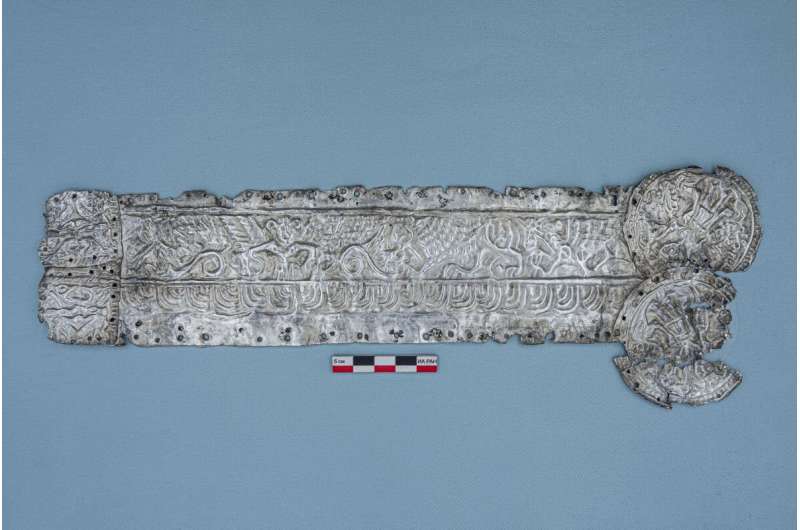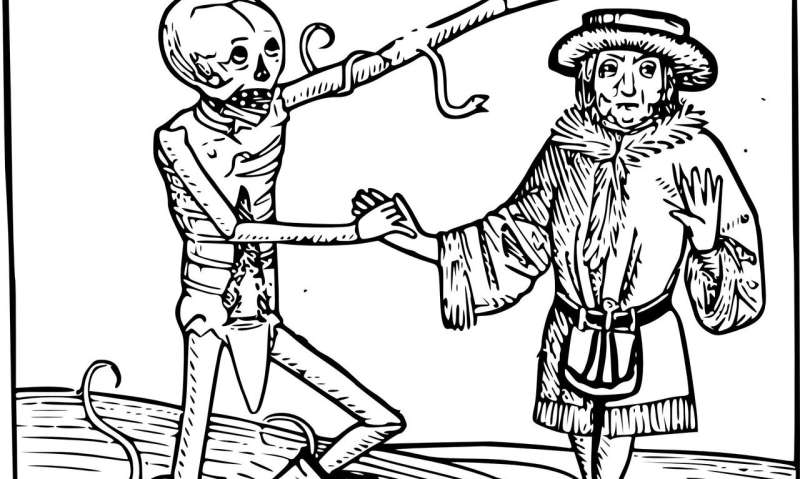New stress test model quantifies climate risks for banks

European banks will soon be required to incorporate climate change risks into the stress testing of their equity. Researchers at the Technical University of Munich (TUM) have now developed a new approach in cooperation with the Frankfurt Institute for Risk Management and Regulation (FIRM). In a case study they applied their stress testing method in several CO2 pricing scenarios. Due to sharp rises in probabilities of credit default in several industries, the results show that the bank in question would face significant decreases in capital ratios. The model can help banks to prepare for future risks.
Climate change can cause substantial losses to companies, not only as a direct result of extreme weather events, but also through transitory risks, above all in the form of rising CO2 prices and long-term decreases in economic value creation. This, in turn, means greater risks for banks if companies are unable to service loans. Consequently, the European Central Bank (ECB) and the European Banking Authority (EBA) have ordered financial institutions to incorporate climate risks into their risk management and stress testing processes, which serve primarily to evaluate their capital buffers. The new requirement will take effect in 2022.
It is still unclear, however, how this requirement can be implemented. Nor is it certain what dimensions the transitory climate risks might reach in stress tests. Researchers at the Technical University of Munich (TUM) have therefore worked with the Frankfurt Institute for Risk Management and Regulation (FIRM) to develop a method that can be adapted to a variety of stress tests and have applied it in two case studies involving a bank and two investment funds.
Case study with 400 Euro STOXX companies
The model is based on a definition of transitory climate risks derived from recognized forecasts such as the Shared Socioeconomic Pathways (SSP), the resulting macroeconomic analysis for states and industries, and companies' CO2 footprints. On that basis, the research team investigated around 400 companies listed in the Euro STOXX 600 index. They looked at four scenarios distinguished by different CO2 pricing levels (50 or 100 euros per ton), the potential of companies to reduce CO2 emissions and the share of costs passed through to consumers. All of the scenarios assume an abrupt introduction of a CO2 tax.
Sectors with probabilities of default of 5–34 percent
The analysis shows that in every scenario around 10 percent of the investigated companies would face asset devaluations of more than 15 percent. In the most adverse scenario, 6 percent of the companies would see their assets devalued by over 30 percent. On a industry-by-industry basis, the assets of the six hardest-hit sectors would devaluate by 15–36 percent.
With these results, the researchers carried out a stress test on a major European bank. They began by calculating the rise in companies' probabilities of credit default caused by the loss in asset values. In the most adverse scenario, 16 percent of the companies would have a probability of default of over 3 percent, which is considered high risk. The six most adversely affected sectors would have probabilities of default ranging from about 5 percent to 34 percent. Based on the bank's so-called risk-weighted assets in relation to these corporate loans, the researchers calculated the effects on the bank's equity.
Total capital ratio reduced by up to 1.56 percentage points
The stress test shows that across all scenarios, the bank's common equity Tier 1 (CET1) capital would decrease by between 0.1 and 1.2 percentage points. The core capital ratio (Tier 1) would be down by 0.1–1.3 percentage points and the total capital ratio by 0.2–1.6 percentage points. By comparison: the average core capital ratio of European banks was 15 percent at the end of 2020, so that the scenarios analyzed by the researchers would mean decreases of between 1 percent and nearly 10 percent.
"The stress test underscores the fact that transitory climate risks could pose a major challenge to the stability of the financial sector if no measures are taken," says study author Gunther Friedl, professor of management accounting at TUM. "Our models and assumptions are undoubtedly quite strict—but that is the point of a stress test. Climate change may cause such severe asset losses and high-risk credit default probabilities for some industries that banks should be adjusting their risk management procedures today. If they do so, the decreases in capital ratios identified in our study will be avoided. Therefore, we have proposed an instrument for calculating risks in order to take appropriate action at an early stage."
Risks to funds differ
In a second stress test, the team assessed the effects of companies' asset devaluations on two funds: an equity fund consisting mainly of EuroSTOXX 600 stocks and a mixed fund. Depending on the scenario, the equity fund would face a devaluation of 2.3–9.1 percent and the mixed fund in the 1.2–3.5 percent range.
"Although the effects on the funds vary considerably, especially with the equity fund the stress test shows that asset managers will have to manage the inherent climate risks in their portfolios very carefully" says co-author Sebastian Müller, professor of finance at TUM.
Integrating climate risk into established risk categories
"With this study we want to take the lead and provide a useful stimulus for practitioners and researchers alike as they develop approaches for the management of climate risks," says Gerold Grasshoff, the CEO of FIRM.
Taking the study as a starting point, financial practitioners of FIRM worked with the researchers to prepare recommendations for climate risk management. They advise financial institutions to implement intensive monitoring of climate risks and their economic interdependencies. To do this, the banks will need significantly more data on their debtors, for example with regard to their emission reduction targets. Because climate change will impact the entire economy, the task of making such data available should not be left to the banks alone. Instead, global standards should be established for uniform reporting on climate-related company data.
The group also advocates the inclusion of transitory climate risks in the existing risk categories for credit risk management. Due to possible overlapping, the researchers do not support the idea of a dedicated risk management concept for climate risks, as is currently under discussion.







